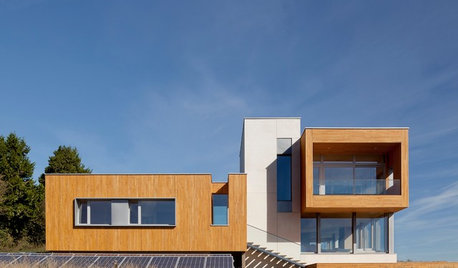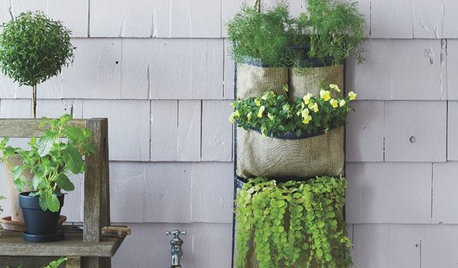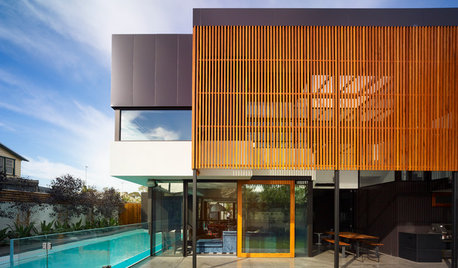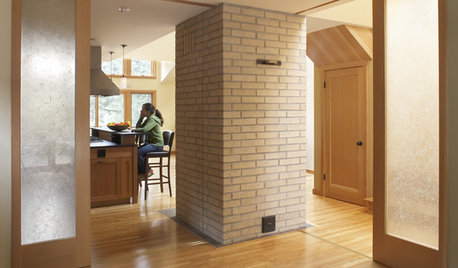solar heat
mudbugtx
19 years ago
Related Stories

GREEN BUILDINGSunlight Used Right: Modern Home Designs That Harness Solar Power
Embracing passive heating principles through their architecture, siting and more, these homes save energy without skimping on warmth
Full Story
GREAT HOME PROJECTSHow to Add a Solar Water Heater
Lower energy bills without a major renovation by putting the sun to work heating your home’s water
Full Story
GREEN BUILDINGGoing Solar at Home: Solar Panel Basics
Save money on electricity and reduce your carbon footprint by installing photovoltaic panels. This guide will help you get started
Full Story
GREEN BUILDINGInsulation Basics: Heat, R-Value and the Building Envelope
Learn how heat moves through a home and the materials that can stop it, to make sure your insulation is as effective as you think
Full Story
FLOORSFloors Warm Up to Radiant Heat
Toasty toes and money saved are just two benefits of radiant heat under your concrete, wood or tile floors
Full Story
PRODUCT PICKSGuest Picks: How Do You Spell Urban Heat Relief?
Turn even a small balcony into a summer oasis with retreat-conjuring plants, furniture and accessories
Full Story
ARCHITECTUREArchitectural Sunscreens Take the Heat Off Homes
Sun-blocking screens help you stay cool, play with light and create a stunning modern exterior
Full Story
BATHROOM DESIGNWarm Up Your Bathroom With Heated Floors
If your bathroom floor is leaving you cold, try warming up to an electric heating system
Full Story
FLOORSWhat to Ask When Considering Heated Floors
These questions can help you decide if radiant floor heating is right for you — and what your options are
Full Story






bry84
RCMJr
Related Professionals
Cerritos Solar Energy Systems · Voorhees Solar Energy Systems · Azalea Park Solar Energy Systems · Mililani Town Design-Build Firms · McKinney Home Builders · Yorkville Home Builders · Royal Palm Beach Home Builders · Brandon Roofing & Gutters · Chicago Roofing & Gutters · Columbus Roofing & Gutters · Knoxville Roofing & Gutters · New Lenox Roofing & Gutters · Plainfield Roofing & Gutters · Orchards Roofing & Gutters · South Orange Roofing & GuttersChief18
solarman
greif
dan_dhrt
garymunson-2008
brendan_of_bonsai
dan_dhrt
nevea2be